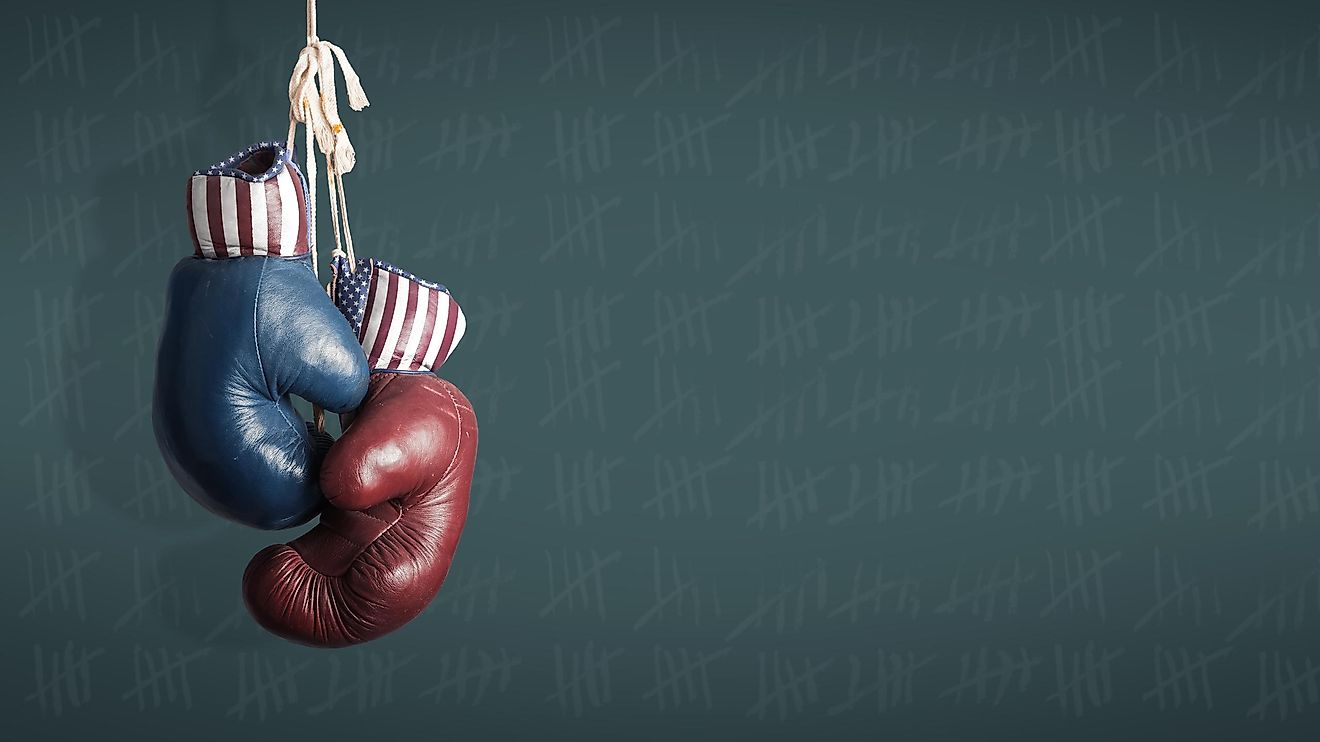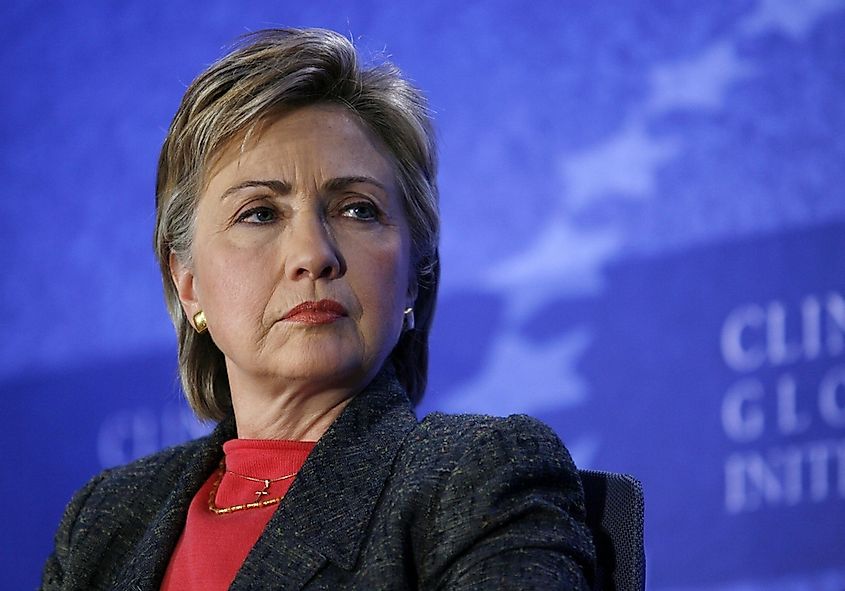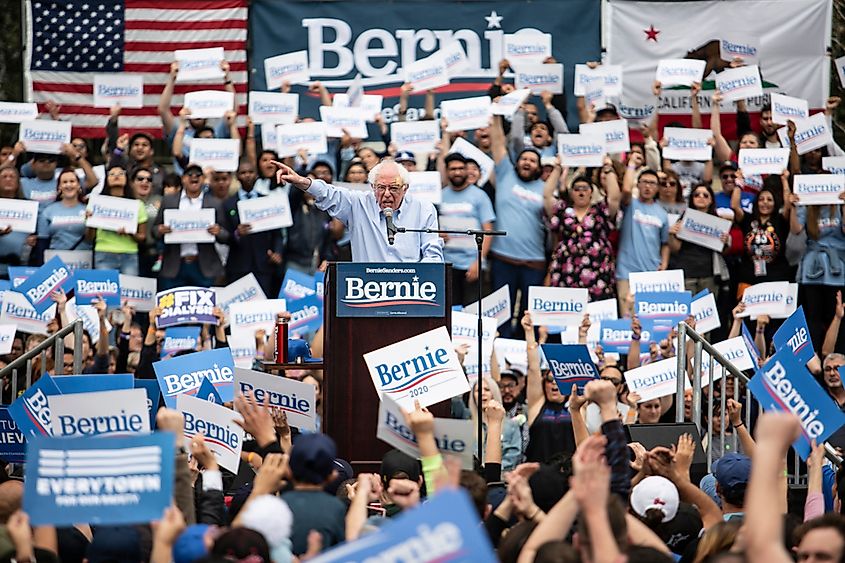States That Have Consistently Remained Democratic

- Blue Wall is the term used to describe the US states that have been consistently voting for the Democratic Party in the US presidential elections.
- The opposing term to the Blue Wall is the Red Wall, which refers to the states where the Republican Party continues to win the majority of the votes in elections.
- In Vermont, the Democratic Party has an advantage of 22% over the Republicans, which is more than enough to secure a win.
Blue Wall is the term used to describe the US states that have been consistently voting for the Democratic Party in the US presidential elections. The wall currently consists of 16 states.
The Democratic Party is generally more liberal than the Republican Party, which would make these states seem more progressive. It leans more towards the left side of the political spectrum, and advocates for a large number of issues that fall under this spectrum. Some of these include social and economic equality, environmental protection, affordable education, universal health care, equal opportunities for everyone, and many more.
When looking at social issues, the party is a strong advocate of LGBT rights, stricter gun laws, the legalization of marijuana, and the reform of immigration and the criminal justice system. It comes as no surprise that the leading country in the Blue Wall is California, seeing as how liberal the state is. The opposing term to the Blue Wall is the Red Wall, which refers to the states where the Republican Party continues to win the majority of the votes in elections. Both of these terms refer to the colors we most commonly associate with each party.
The Walls
Both the term Blue Wall and Red Wall, have had exceptions in recent history. For example, during the 2016 presidential election, Donald Trump, the Republican candidate, managed to secure a win in three blue wall states. These states were Michigan, Pennsylvania, and Wisconsin. This was a huge upset, and one of the reasons he managed to win the election. People were certain that Hillary Clinton would manage to win in these states purely based on the fact that they always voted for the Democratic Party.

On the other hand, Barack Obama managed to win in many Republican (Red Wall) states in the 2008 election, which was another year that made an exception to the rule. His win was more dominant than Trump’s because the Red Wall states generally represent a smaller portion of the electoral votes than the Blue Wall states. While this shows how both of these terms can easily lose value, it also notes that the Blue Wall is generally much more impactful than its Republican counterpart, and plays a much more vital role in the election.
The States Of the Blue Wall
Currently, 16 states are considered to be a part of the Blue Wall. The majority of people in these states have been voting for the Democratic Party for quite a few years now.
Some of the more notable states on the list are California, New York, Illinois, and Washington, DC. These states continue to vote for the Democratic Party, and it is not hard to see why that is the case. All of these states have large metropolitan areas that are populated by diverse groups of people. It is to be expected that people living in these states would showcase more liberal views than the majority of other states.

In Vermont, the Democratic Party has an advantage of 22% over the Republicans, which is more than enough to secure a win. Vermont is also the state where Bernie Sanders hails from, which might explain his more progressive views. Hawaii is another state where the Democrats enjoy a nice advantage over the Republicans. Seeing as how diverse the population of the state is, it makes sense that they would vote this way.
Another extremely progressive state is Rhode Island. According to research, people in Rhode Island are not conservative at all, and the victory of the Democratic Party in this state is considered to be secured in every election. Massachusetts, Maryland, Connecticut, and Delaware all follow as strongholds of everything that symbolizes the Democratic Party. Most of the voters in all of these states are registered as Democrats, and the number of Republican Party supporters is significantly lower.
States That Have Consistently Remained Democratic
| Democrat Stronghold States |
|---|
| California |
| Connecticut |
| Hawaii |
| Illinois |
| Maine |
| Maryland |
| Massachusetts |
| Michigan |
| Minnesota |
| New Jersey |
| New York |
| Oregon |
| Rhode Island |
| Vermont |
| Washingon, DC |
| Washington |











